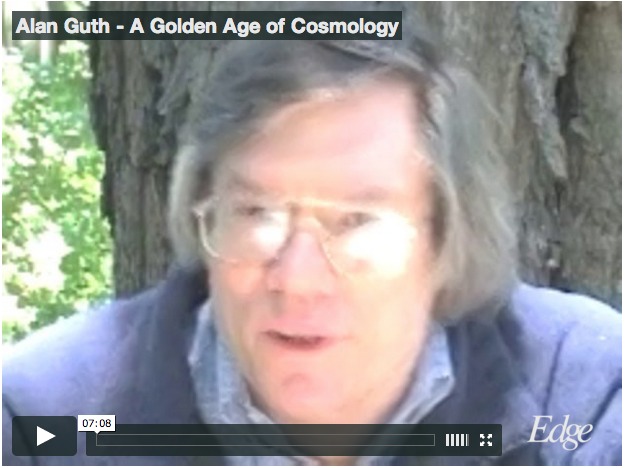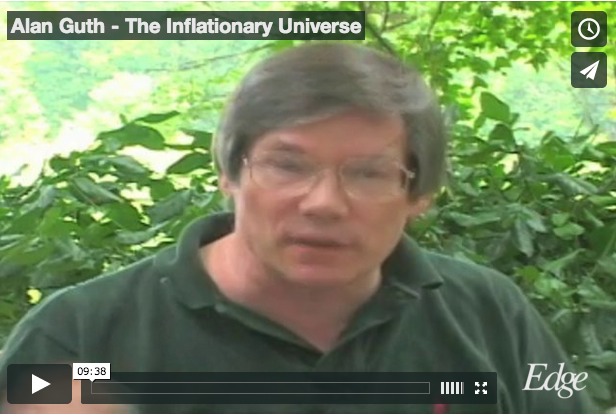A Golden Age of Cosmology (2001)
Even though cosmology doesn't have that much to do with information, it certainly has a lot to do with revolution and phase transitions. In fact, it is connected to phase transitions in both the literal and the figurative sense of the phrase.
It's often said — and I believe this saying was started by the late David Schramm — that today we are in a golden age of cosmology. That's really true. Cosmology at this present time is undergoing a transition from being a bunch of speculations to being a genuine branch of hard science, where theories can be developed and tested against precise observations. One of the most interesting areas of this is the prediction of the fluctuations, the non-uniformities, in the cosmic background radiation, an area that I've been heavily involved in. We think of this radiation as being the afterglow of the heat of the Big Bang. One of the remarkable features of the radiation is that it's uniform in all directions, to an accuracy of about one part in a hundred thousand, after you subtract the term that's related to the motion of the earth through the background radiation. [Continue]
The Inflationary Universe (2002)
Paul Steinhardt did a very good job of presenting the case for the cyclic universe. I'm going to describe the conventional consensus model upon which he was trying to say that the cyclic model is an improvement. I agree with what Paul said at the end of his talk about comparing these two models; it is yet to be seen which one works. But there are two grounds for comparing them. One is that in both cases the theory needs to be better developed. This is more true for the cyclic model, where one has the issue of what happens when branes collide. The cyclic theory could die when that problem finally gets solved definitively. Secondly, there is, of course, the observational comparison of the gravitational wave predictions of the two models.
A brane is short for membrane, a term that comes out of string theories. String theories began purely as theories of strings, but when people began to study their dynamics more carefully, they discovered that for consistency it was not possible to have a theory which only discussed strings. Whereas a string is a one-dimensional object, the theory also had to include the possibility of membranes of various dimensions to make it consistent, which led to the notion of branes in general. The theory that Paul described in particular involves a four-dimensional space plus one time dimension, which he called the bulk. That four-dimensional space was sandwiched between two branes. [Continue]
A Balloon Producing Balloons, Producing Balloons: a Big Fractal (2012)
Let me start by saying that many, many years ago, and I mean like almost a century ago, Einstein came up with something called the "cosmological principle," which says that our universe must be homogenous and uniform. And for many years, people used this principle. In fact, it was formulated even much earlier, by Newton. The universe is still represented this way in current books on astrophysics, where you can find different versions of the cosmological principle.
For a while this was the only way of answering the question, why the universe is everywhere the same. In fact, why it is the universe. So we did not think about the multiverse, we just wanted to explain why the world is so homogenous around us, why it is so big, why there are so many people, why parallel lines do not intercept. Which is, in fact, part of the same question: if the universe was tiny, like a small globe, and you draw parallel lines perpendicular to the equator of the globe, they would intersect at the south and the north poles. Why has nobody ever seen parallel lines intersecting? [Continue]





